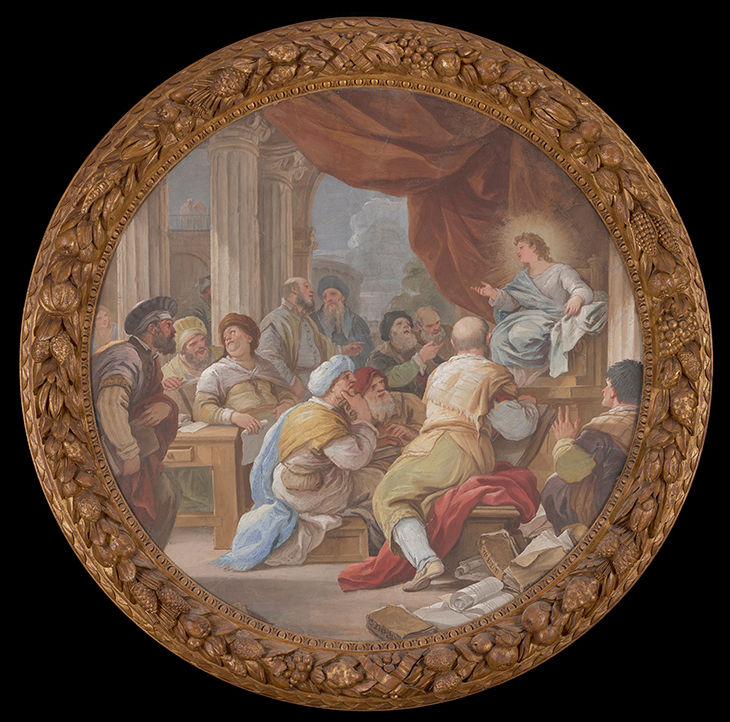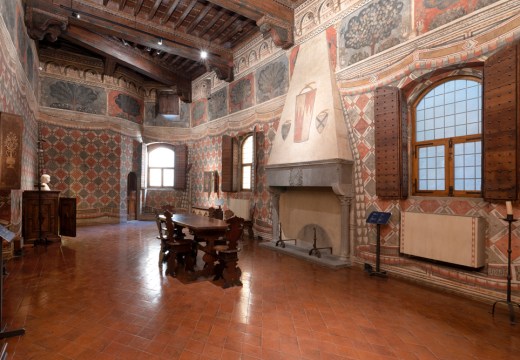Apollo’s longer selection of the year’s most important museum acquisitions will be published in the January 2023 issue
British Museum
More than 300 Chinese works from the collection of Joseph Hotung
Joseph Hotung’s name has been attached to the British Museum’s Chinese and South Asian antiquities since he donated millions for its renovation back in 1992. This bequest, described by the museum as one of the most generous it has ever received, includes 264 jades, 15 Yuan and early Ming Dynasty porcelains, 25 bronzes and a dry lacquer head of a Bodhisattva.

Porcelain jar from the Hotung bequest. British Museum, London
Howard University, Washington, D.C.
Gordon Parks Legacy Collection
Howard University has acquired 252 works by Gordon Parks, spanning the photographer’s career from the 1940s–90s. Part-gift, part-purchase from the Gordon Parks Foundation, the acquisition includes Parks’ photographs of the March on Washington in 1963, as well as portraits of Malcolm X and Duke Ellington.

Untitled, Washington, D.C. (1963), Gordon Parks. Howard University, Washington, D.C.
Kimbell Art Museum, Fort Worth
Virgin and Child (early 1530s), Atelier of Saint-Léger, Troyes
Purchased at TEFAF in March for a reported €5m, this alabaster depiction of the Virgin and Child was fashioned in Troyes at a moment when the town’s sculptors were much in demand throughout France. The delicate modelling of the Virgin’s hands and of the folds of her dress, augmented by traces of gold, is exceptional.

Virgin and Child (early 1530s), Atelier of Saint-Léger, Troyes. Kimbell Art Museum, Fort Worth
Metropolitan Museum of Art, New York
Roundel (c. 1500), Gian Marco Cavalli
With its sly allegory of Venus subduing Mars with love while her husband, Vulcan, labours over a helmet for the god of war, this bronze relief, embellished with gilding and silver inlay, is among the most technically sophisticated roundels to have survived from the early Renaissance. At $23m, it is the second most expensive purchase in the Met’s history.

Roundel (c. 1500) attributed to Gian Marco Cavalli. Courtesy Metropolitan Museum of Art, New York
Minneapolis Institute of Art
Christ Among the Doctors (c. 1685) by Luca Giordano
One of four frescoes painted by the Neapolitan baroque painter on wicker – a new kind of portable mural invented in Florence in the 17th century – this work is the first Italian fresco to enter the museum’s collection. It depicts Christ on a raised seat with glittering halo, holding court among his enraptured elders in Giordano’s typically free and fluid style.

Christ Among the Doctors (c. 1685), Luca Giordano. Minneapolis Institute of Art
National Museum of Scotland, Edinburgh
Silver casket
This silver casket is believed to have been owned by Mary, Queen of Scots and perhaps even held the notorious Casket Letters that contributed to her downfall. The ornate surface of the casket features a crowned fleur-de-lis, identifying it as the work of Parisian goldsmiths.

Casket (1493–1510), Paris. National Museums of Scotland, Edinburgh
Peabody Essex Museum, Salem
Around 900 Japanese cloisonné enamels from the collection of Fredric T. Schneider
This collection of some 900 works includes vases, bowls and plaques, demonstrating the versatility of the cloisonné enamelling technique across more than four centuries. It was amassed by the scholar Fredric T. Schneider, a pre-eminent specialist in the field, over a period of nearly three decades.

Covered box with scene from The Tale of Genji (c. 1895), Ota Jinnoeimon. Peabody Essex Museum, Salem. Photo: © 2022 John Bigelow Taylor
Rijksmuseum, Amsterdam
The Standard Bearer (1636), Rembrandt
Rembrandt painted this confident self-portrait shortly after he arrived in Amsterdam from Leiden, at the age of 30. Presenting himself as a militiaman, he was perhaps already courting the kind of spectacular military commission that would arrive, six years later, with the Night Watch. Once in the collection of George IV and owned by the Rothschilds since 1844, the painting was purchased with support from the Dutch state for some €175m.

The Standard-Bearer (1636), Rembrandt. Rijksmuseum, Amsterdam

Unlimited access from just $16 every 3 months
Subscribe to get unlimited and exclusive access to the top art stories, interviews and exhibition reviews.














![Masterpiece [Re]discovery 2022. Photo: Ben Fisher Photography, courtesy of Masterpiece London](http://www.apollo-magazine.com/wp-content/uploads/2022/07/MPL2022_4263.jpg)
It’s time for the government of London to return to its rightful home